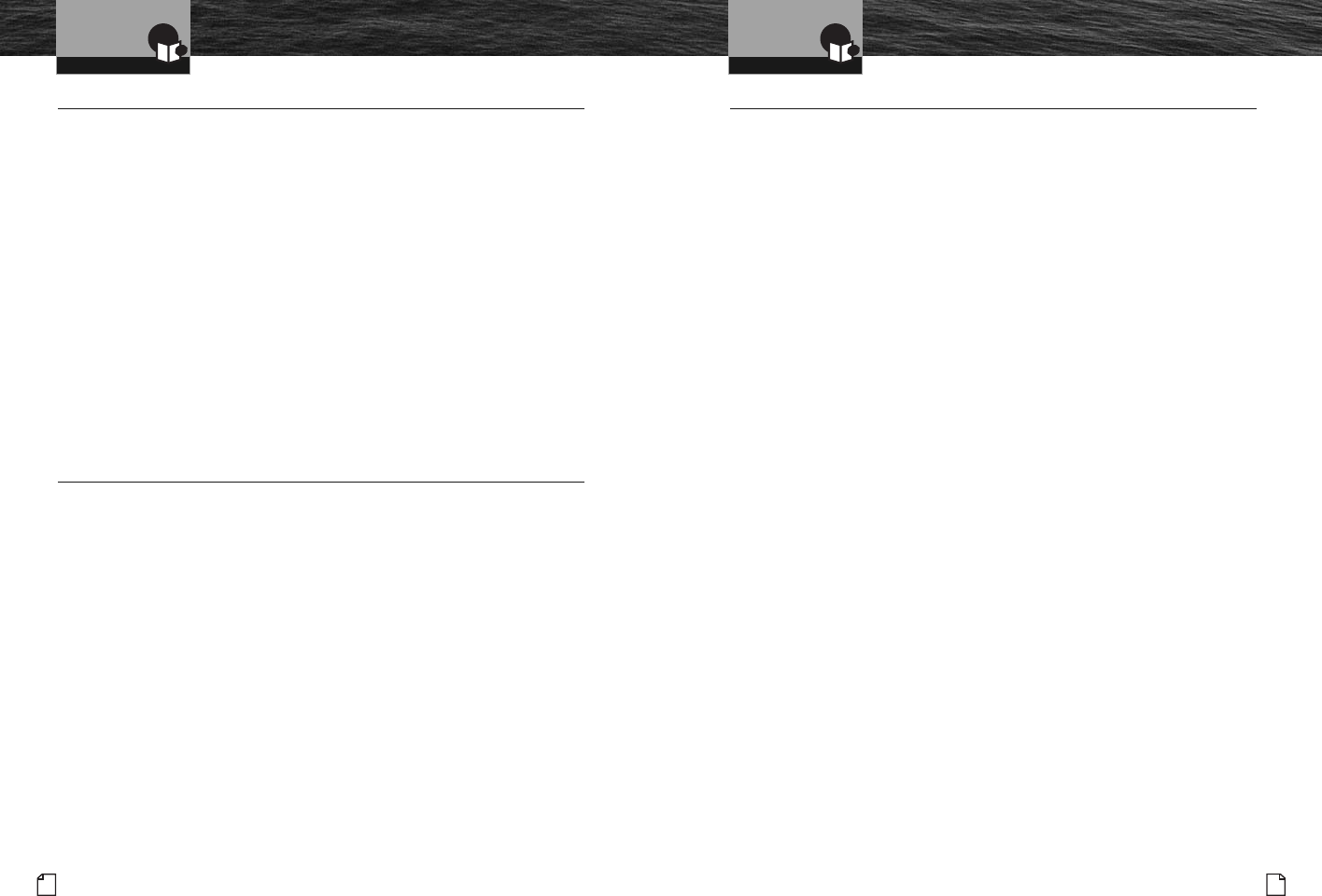
Introduction
5
Nothing Comes Close to a Cobra
®
Licensing Information
Licensing Information
•
The radio operates on all currently allocated marine channels and is switchable for
use according to International, Canadian or U.S.A. regulations. It features instant
access to emergency Channel 16 by pressing one key.
Station License
The UK requires a ship’s radio license and a marine radio operator’s certificate before
transmitting equipment can be used aboard a vessel. Other European countries have
specific requirements of their own.
For detailed information and applications, contact the Radio Licensing Centre run
by OFCOM in the UK. In other countries, contact the relevant national postal
or telecommunications authority.
Canadian or U.S.A. Station License
If your vessel will be entering the sovereign waters of Canada or the U.S.A.,
you should contact Industry of Canada, Radio Regulatory Branch or the U.S. FCC
(Federal Communications Commission) for licensing and operating information.
Radio Call Sign
A radio call sign is included as part of the ship’s radio license in the UK.
Other countries may have different practices; contact your local regulatory
authority for information.
User Responsibility and Operating Locations
All users are responsible for observing domestic and foreign government regulations
and are subject to severe penalties for violations. The transmitting frequencies in
your radio are reserved for maritime use; any frequency you use for transmission
must be specifically included on your ships license. The VHF frequencies on your
radio are reserved for marine use and require a special license to operate from land,
including when your boat is on its trailer. The use of ATIS is prohibited outside the
European inland waterways covered by the Basel Agreement.
4
English
Marine Communication and
VHR Marine Radio Procedures
Introduction
Recommendations for Marine Communication
•
The frequencies your radio uses are set aside to enhance safety afloat and for vessel
navigation and operational messages over a range suitable for nearshore voyages.
If the maximum output of your radio is not sufficient for the distances you travel from
the coast, consider a higher powered handheld or installing a Cobra Marine fixed mount
radio with up to 25 watts of output power. (Visit www.cobra.com or your local
dealer for model availability.)
If traveling far offshore, you should consider adding even more powerful radio
equipment such as HF single side band or satellite radio for your vessel.
The coastguard does not endorse mobile phones as substitutes for marine radios.
They generally cannot communicate with rescue vessels and, if you make a distress
call on a mobile phone, only the party you call will be able to hear you. Additionally,
mobile phones may have limited coverage over water and can be hard to locate.
If you do not know where you are, the coastguard will have difficulty finding you if
you are using a mobile phone.
However, mobile phones can have a place on board where mobile coverage
is available — to allow social conversations and keep the marine frequencies
uncluttered and available for their intended uses.
VHF Marine Radio Procedures
•
If you are not familiar with or need to brush up on the protocols that must be
followed when using a VHF Marine Radio, please study the section beginning
at page 42 before putting your radio into service.
Introduction
MRHH475EU_MANL_vC.qx:MRHH475_ENG_Body 12/28/09 9:44 AM Page 4


















